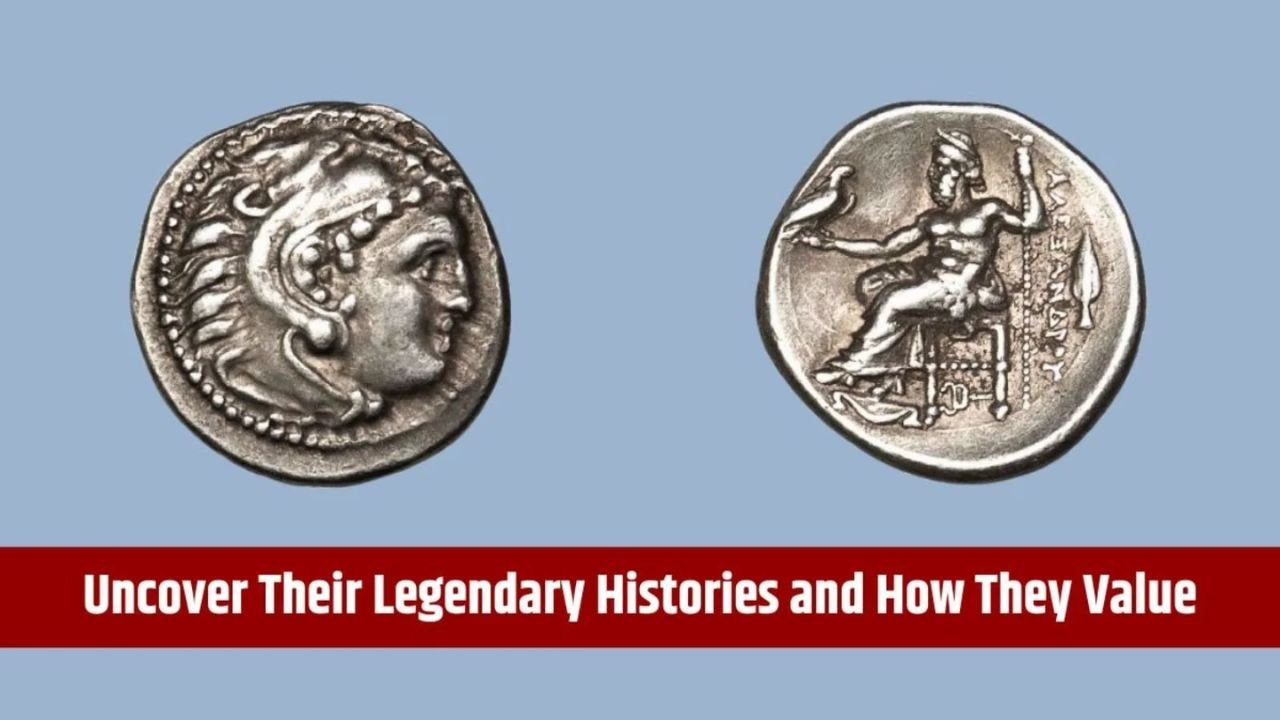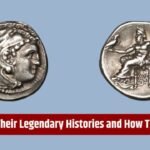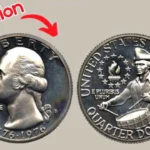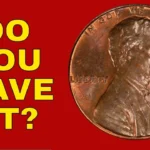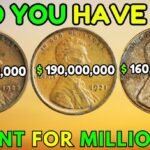In the world of numismatics, certain rare dimes stand out for their extraordinary value, historical significance, and captivating backstories. These rare dimes are more than just coins; they represent incredible moments in American history and the potential for life-changing wealth.
While most of the world’s ultra-valuable coins are carefully stored in museums or private collections, six extraordinary coins—five rare dimes and one bicentennial quarter—are believed to still circulate today, each valued at an estimated $250 million. These coins present the ultimate numismatic treasure hunt. Some could be found in everyday transactions, and if discovered, they could dramatically alter the life of their lucky finder.
1. The 1894-S Barber Dime: A Legendary Coin with a Mysterious Story
Perhaps the most famous among rare dimes is the 1894-S Barber Dime. Its creation story adds to its legendary status. In 1894, the San Francisco Mint produced only 24 of these dimes, and to date, only nine are known to exist. The most popular theory behind the coin’s rarity is that San Francisco Mint Superintendent John Daggett had them struck to balance the mint’s books. Some of these dimes were reportedly given to his daughter, Hallie, who unknowingly spent one, turning it into one of the most valuable coins in existence.
The 1894-S Barber Dime has extreme rarity combined with an intriguing origin story, making it a prized collector’s item. It’s valued at around $250 million in pristine condition, but even a worn example would be worth tens of millions if found in circulation.
2. The 1975 No-S Proof Dime: The Modern Minting Error
Another rare dime that holds immense value is the 1975 No-S Proof Dime. It’s a coin that, technically, shouldn’t exist. Proof coins, which are specially minted for collectors, typically bear a mintmark to show where they were produced. However, a small number of 1975 proof dimes were mistakenly struck without the crucial “S” mintmark, making them highly valuable. Numismatic experts estimate that fewer than 10 examples exist, and one is believed to be circulating today, passed unnoticed by someone unaware of its worth.
Also Read – Yamaha की इस बाइक पे भारतीय युवा लुटा रहे दिल, देगी 55 kmpl का झक्कास माइलेज, देखें फुल फीचर्स और शोरूम कीमत
With auction records showing it fetched $1.3 million in the past, its value today could easily exceed $250 million. The 1975 No-S proof dime stands as one of the most significant mint errors in American history.
3. The 1916 “Doubled Die” Mercury Dime: A Microscopic Wonder
In 1916, the Mercury Dime was introduced, but a minting error led to the creation of a “doubled die” variety that remained hidden for decades. This error, caused by a misalignment during the hub-to-die process, results in pronounced doubling, especially visible in Liberty’s profile and the date. There are only a handful of known examples of this error, and it’s believed that at least one might still be in circulation, mistaken for a normal 1916 Mercury Dime.
With auction prices for similar errors exceeding $1 million, this “doubled die” version is valued at around $250 million for a well-preserved specimen, although even worn examples would fetch significant sums.
4. The 1964 “Special Struck” Silver Dime: A Transitional Coin
As the U.S. Mint moved from silver to clad coins in 1965, a small number of experimental 1964 dimes were produced using unique striking techniques. These coins, neither standard business strikes nor traditional proofs, were designed with special finishes and mirror-like surfaces. While most of these dimes were kept by the Mint, a few were distributed to Treasury officials.
These rare dimes are valued at $250 million because they represent a pivotal moment in American numismatic history. They were part of the transition from traditional silver coinage to the modern clad era.
5. The 1942 “Copper-Nickel” Experimental Dime: A Wartime Experiment
During World War II, the U.S. Mint experimented with alternative metal compositions as silver became scarce. While the famous 1943 steel cent is widely known, few realize that the Mint also struck experimental copper-nickel dimes in 1942. These pattern coins were designed to test how a new alloy would perform if silver became unavailable for minting.
Though most of these experimental dimes were destroyed, a few survived, and they are valued at approximately $250 million today. These rare dimes serve as a reminder of the wartime ingenuity and the efforts to preserve the U.S. currency system during a critical period.
How to Spot These Rare Dimes
If you’re lucky enough to search for these extraordinary coins, here are some tips:
- Pay attention to dates: Focus on dimes from 1894-S, 1916, 1942, 1964, and 1975, as well as 1976 bicentennial quarters.
- Magnification: Use a magnifying glass or digital microscope to spot errors like missing mintmarks or doubled features.
- Check the weight and composition: Coins like the 1942 copper-nickel experimental dime and the silver bicentennial quarter will look and weigh differently than standard dimes.
- Look for sharp details: Even worn examples of the 1964 special-struck dimes retain distinct features that set them apart.
- Seek expert advice: If you suspect you’ve found a rare coin, it’s always a good idea to consult with a reputable numismatic expert.
Conclusion: The Treasure Hunt for Rare Dimes
While the chances of stumbling upon a $250 million coin in your change are slim, these incredible rare dimes show that extraordinary value sometimes hides in plain sight. From the legendary 1894-S Barber Dime to the modern errors like the 1975 No-S Proof Dime, these coins embody the thrill of the numismatic hunt. Whether you’re a seasoned collector or a casual coin enthusiast, knowing how to spot these rare dimes can turn an ordinary day into the discovery of a lifetime.
Some Important Link
| Telegram Group | Click Here |
| WhatsApp Group | Click Here |
| Home Page | Click Here |

